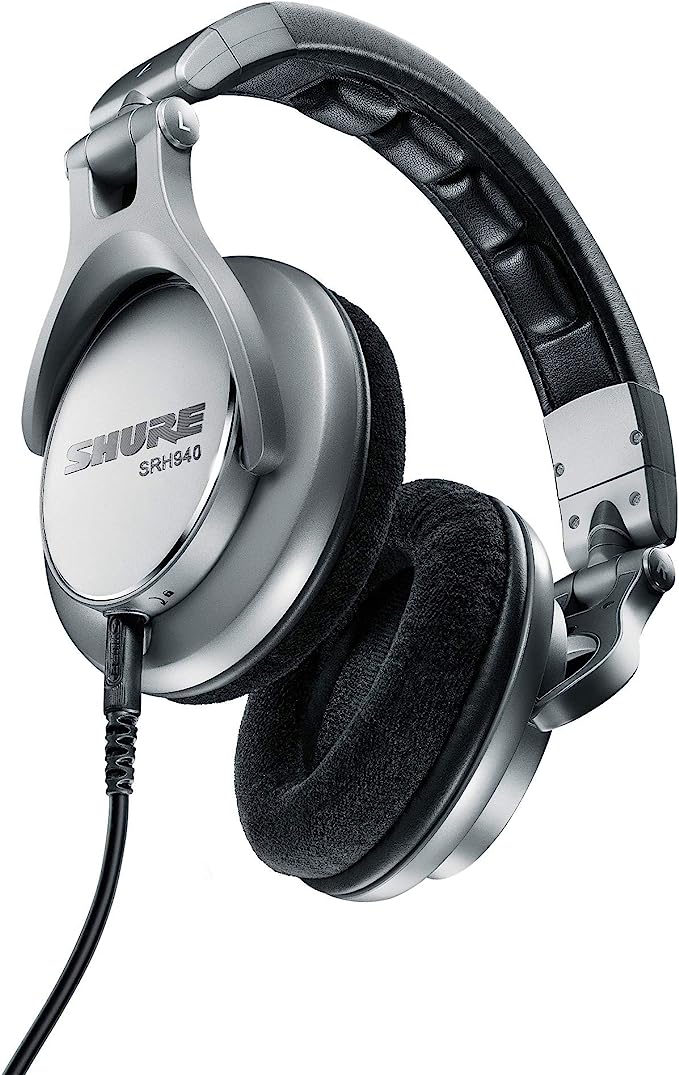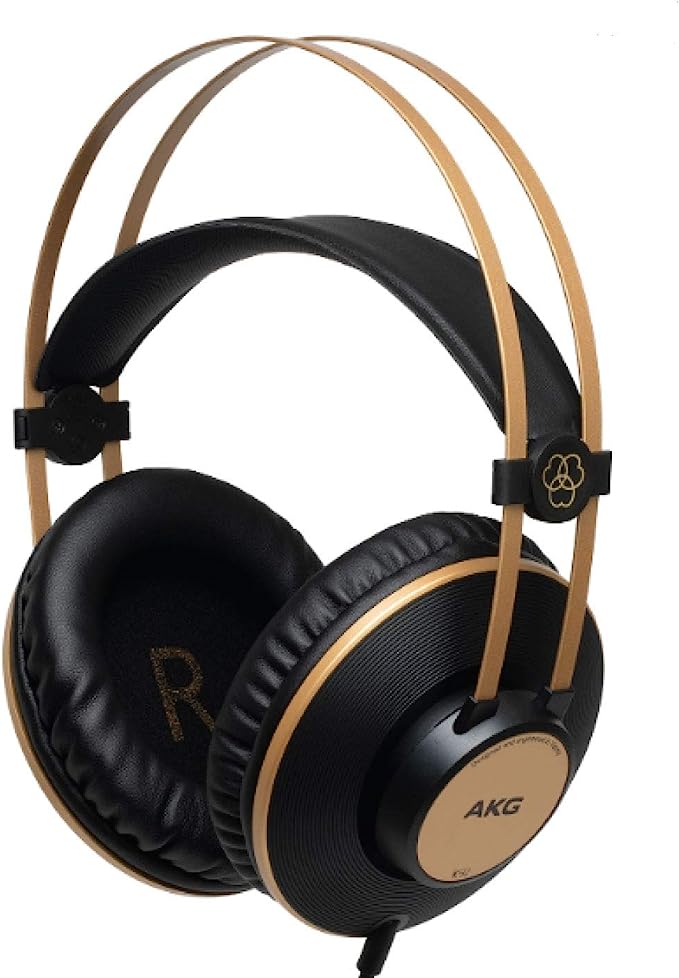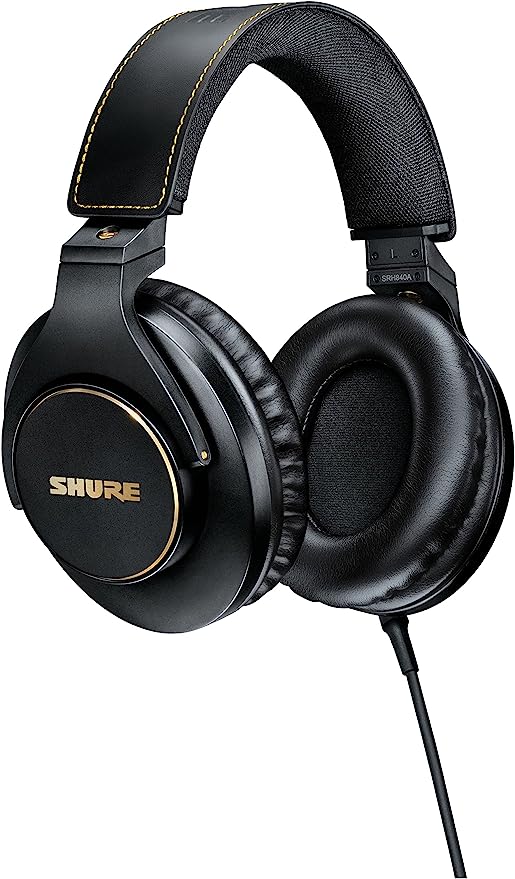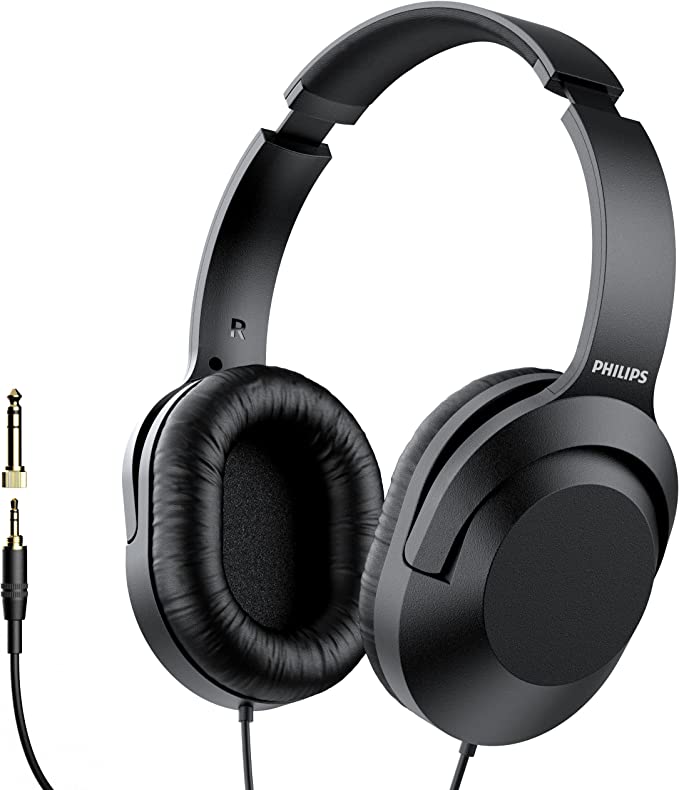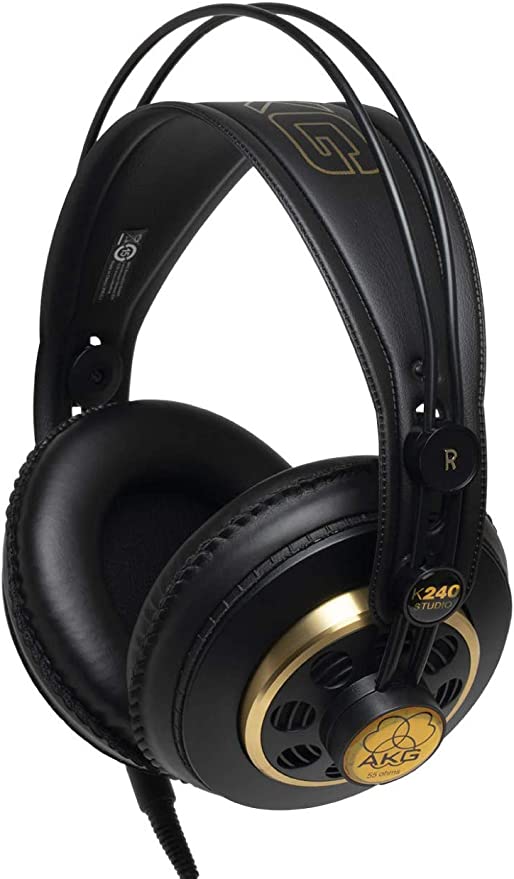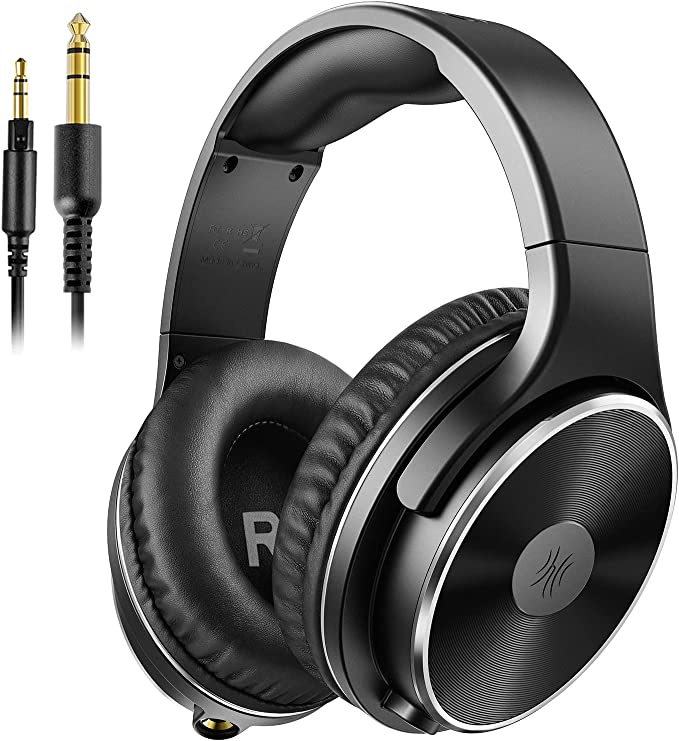The Unflinching Mirror: Why Professional Studio Tools Aren't Designed to Please Your Ears
Update on Nov. 23, 2025, 7:38 a.m.
There is a specific rite of passage that almost every aspiring audio engineer goes through. It usually happens the first time they upgrade from consumer-grade listening gear to professional studio equipment. They put on a track they have loved for years, expecting to be blown away by newfound richness and warmth. instead, they are met with a cold, sterile, and surprisingly flat sound.
“Where is the bass?” they wonder. “Why does this sound so boring?”
This confusion stems from a fundamental misunderstanding of the tool’s purpose. In the world of audio production, the goal is not enjoyment; it is diagnosis. Professional equipment serves as a mirror, reflecting the audio exactly as it is, flaws and all. To understand this distinction, we must look beyond marketing buzzwords and delve into the engineering principles that define industry standards, using the veteran AKG K271 MKII as our primary case study.

The Physiology of “Flat” Sound
The most common complaint about professional monitoring headphones is that they lack “punch.” This is by design. Consumer headphones often utilize a “V-shaped” frequency curve, boosting the bass and the treble to make music sound exciting and dynamic. While this is pleasant for listening, it is disastrous for creating.
If you mix a track on headphones with boosted bass, you will naturally turn the bass down in your mix to compensate. The result? A track that sounds thin and weak on every other system.
The engineering goal of headphones like the K271 MKII is a flat frequency response (rated here from 16Hz to 28,000Hz). However, “flat” does not mean the line on the graph is perfectly horizontal; it means the output attempts to remain neutral relative to the input.
This interacts with a psychoacoustic phenomenon known as the Fletcher-Munson curves (Equal-Loudness Contours). Human hearing is naturally less sensitive to bass and treble at lower volumes and more sensitive to the midrange—where the human voice sits. A tool like the K271 MKII exposes this midrange clarity brutally. It forces the engineer to work harder to make the mix sound good, rather than relying on the headphones to sweeten the sound artificially. If you can make a track sound exciting on these, it will sound incredible everywhere else.

The Physics of Isolation: The “Bleed” Problem
In a studio environment, sound is a physical contaminant. When recording vocals or acoustic instruments, the microphone is hyper-sensitive. It captures not just the performance, but also the sound of the room, the hum of the computer, and—most problematically—the “bleed” from the artist’s headphones.
This necessitates the closed-back design. Unlike open-back headphones, which allow air to pass through the ear cup for a wider soundstage, closed-back models like the K271 MKII create a sealed acoustic chamber. This serves a dual purpose:
- Ingress Protection: It isolates the engineer from ambient room noise, allowing for critical focus during live mixing.
- Egress Protection: Crucially, it prevents the click track or backing music from leaking out of the headphones and into the microphone.
The physics of this seal also affects the bass response. By creating a pressurized air chamber behind the driver, the diaphragm’s movement is more controlled (damped). This results in what engineers call “tight” bass. It may lack the earth-shaking rumble of a subwoofer, but it provides the precise transient definition needed to distinguish a kick drum from a bass guitar note.
Poka-Yoke in Audio Design
Reliability in a professional workflow isn’t just about durability; it’s about preventing human error. In Japanese manufacturing, the concept of Poka-Yoke (mistake-proofing) refers to designing mechanisms that make errors impossible.
We see a brilliant application of this in the K271 MKII’s headband mechanism. It features a micro-switch that automatically mutes the audio the instant the headphones are removed from the head.

Consider the scenario: A vocalist finishes a take, rips off their headphones, and sets them on the stand near a “hot” (active) microphone. With standard headphones, the backing track would blast into the mic, creating a high-pitched feedback loop that could damage the expensive ribbon microphone or the speakers. By integrating an auto-mute function, the design physically prevents this common catastrophe. It is a feature that offers no sonic benefit, but immense workflow value.
The “Goldilocks” Impedance
Understanding the electrical load of your gear is vital for system synergy. This is measured in Ohms.
- Low Impedance (<32 Ohms): Designed for battery-powered devices like phones. They are easy to drive but can suffer from higher distortion floors.
- High Impedance (>250 Ohms): Designed for dedicated headphone amplifiers. They require significant voltage to operate properly.
The K271 MKII sits in a strategic middle ground at 55 Ohms. This is low enough to generate decent volume from a laptop interface or a portable recorder, but high enough to benefit from the damping factor of professional mixing consoles. It strikes a balance between versatility and control, ensuring the headphones can function in a broadcast van, a home studio, or plugged into a synthesizer without requiring a dedicated power plant.

Conclusion: Respecting the Tool
When we evaluate equipment like the AKG K271 MKII, we must adjust our criteria. We are not looking for a “fun” experience; we are looking for a reliable witness.
The value of such a tool lies in its replaceable parts (like the Mini-XLR cable), its hygienic versatility (swappable velour and leatherette pads), and above all, its honesty. It will show you the mud in your low end. It will reveal the harshness in your vocal sibilance. It will not be your friend when you just want to relax, but it will be your most indispensable partner when you need to work.
For the developing producer, learning to trust a “flat” monitor is the first step toward mastering the art of audio. It requires leaving the comfort of enhanced bass behind and stepping into the stark, uncolored light of the studio.
